Monday, 9/25: We leave Astorga to head to Ponferrada – a 57 km trip with a couple of peaks hovering around 1500 meters, the elevation gain of over 600 meters will be the challenge for the day. We also make the full transition away from agricultural fields to forests and mountains.
On the way we ride through a quaint village representative of the change in the region , Castrillo de los Polvazares, as evident by the barrel tile roofs, stonework walls and cobblestone paths through town.
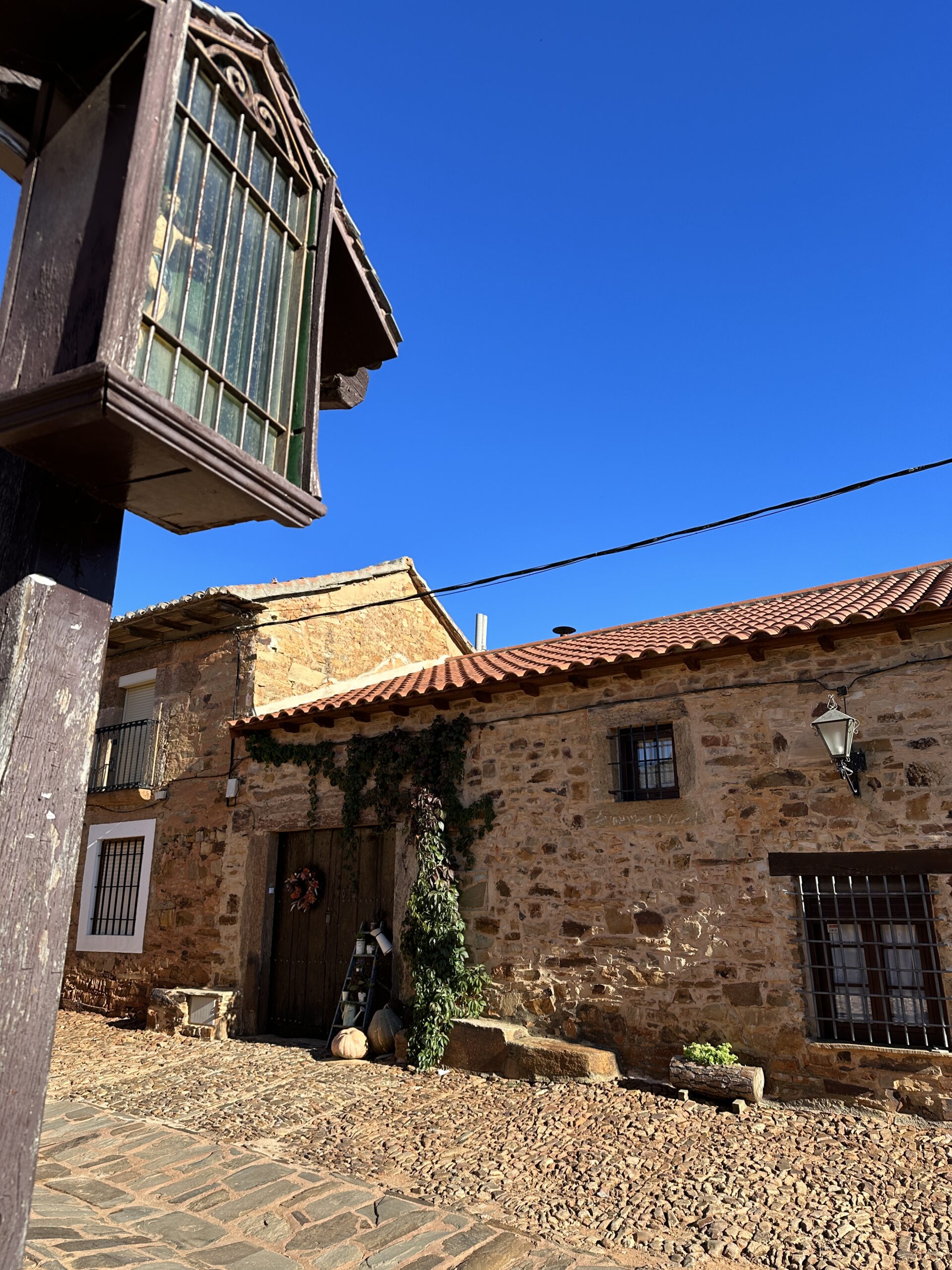
Making our way up with the electric assist bikes had us passing other bicyclists which felt odd. Even though I’ve accepted my limitations, I feel like I’m not playing by “the rules” of this journey requiring hardship.
This stage of the trip has a unique waypoint known as la Cruz de Ferro (or Iron Cross) at the top of one of those peaks. The tradition of pilgrims leaving a stone they’ve carried with them up to this point and leaving it at the foot of the cross symbolizes something they wish to “let go and let God”. Needless to say, the base is filled with stones, some with pictures attached or names written. It felt intrusive to look too closely at these remnants and so I did not take a detailed picture.
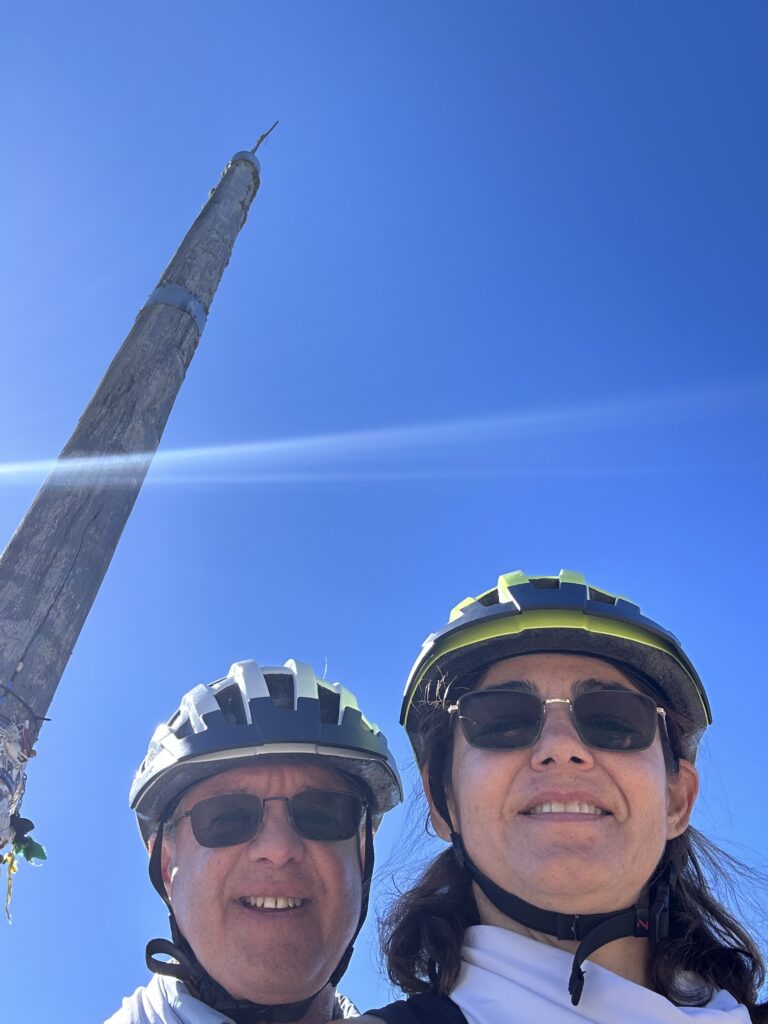
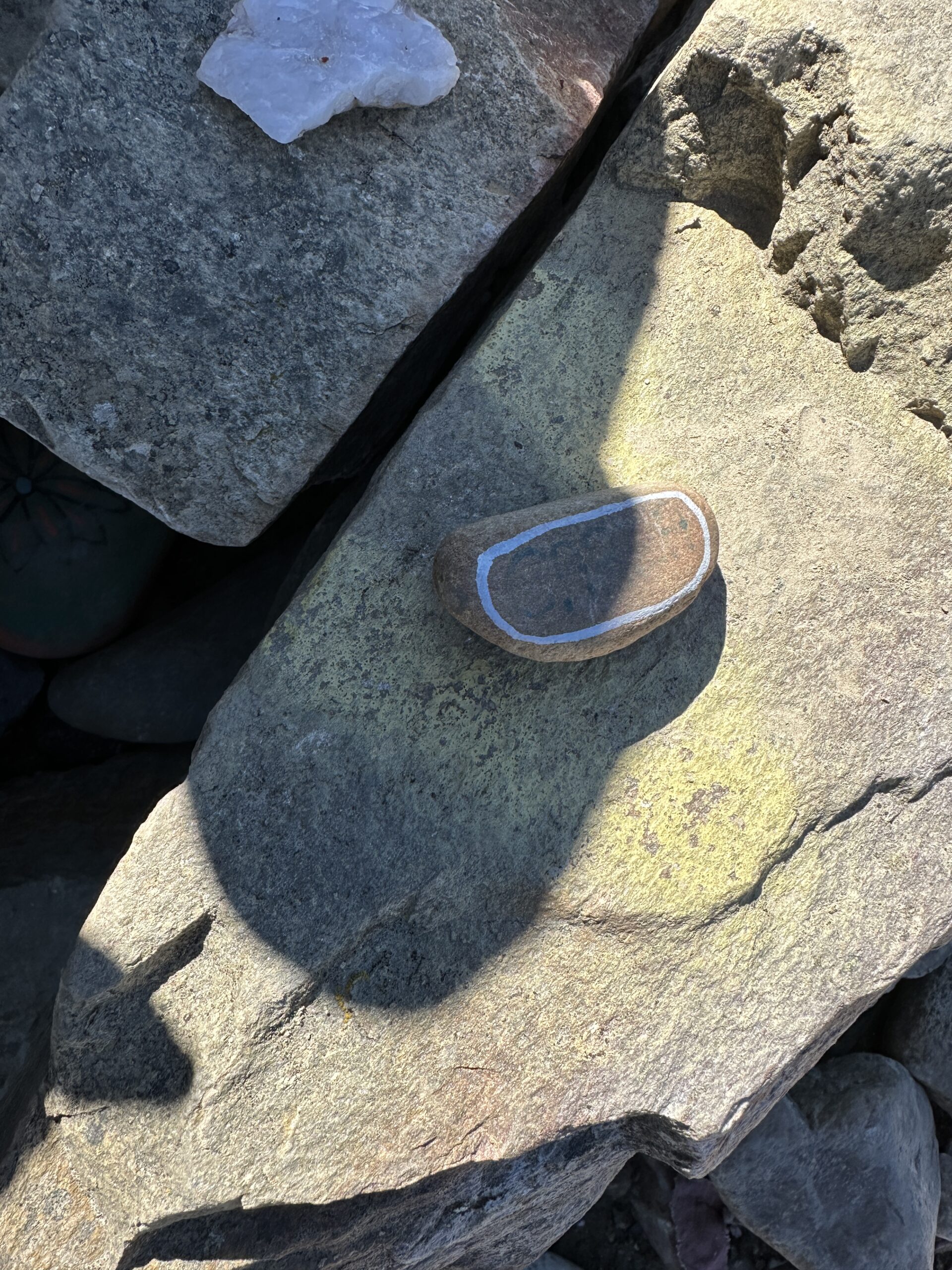
And while the ascent is quick, the downhill is long and fast – about 920 meters in less than 15 km. As we descended I said a silent prayer for my brakes to not fail us.
We arrived in the city of Ponferrada, and were greeted by the the Castle of the Knights Templar. Known as one of the “military orders of the Catholic faith” of medieval times, they were welcomed to Ponferrada in 1178 to protect the pilgrims and the route across the Sil River on the iron bridge (Pons Ferrata) to El Camino de Santiago. They took over the castle that had been built over a former Roman settlement and built more fortification, wineries, breadstores and vegetable gardens over the subsequent century. The story of the Knights Templar is fascinating and much deeper than the stories we have heard through pop culture movies like “National Treasure” or “Indian Jones”. As we walked through the Castle’s exhibits, what struck me was the fact that at their peak the Knights Templar commanded over 20,000 members that were either warriors, supporters (i.e. administrators, farmers, laborers of their various businesses and facilities all over Europe and in the middle east) or clergy. Some would say they were the first multinational corporation, also creating the first system of banking. Initially though, before they achieved great economic power, the draw seemed to be the sense of belonging and support they offered with a clear purpose: their motto “not for me but for the Glory of God” resonated with Catholic Christians of the day.
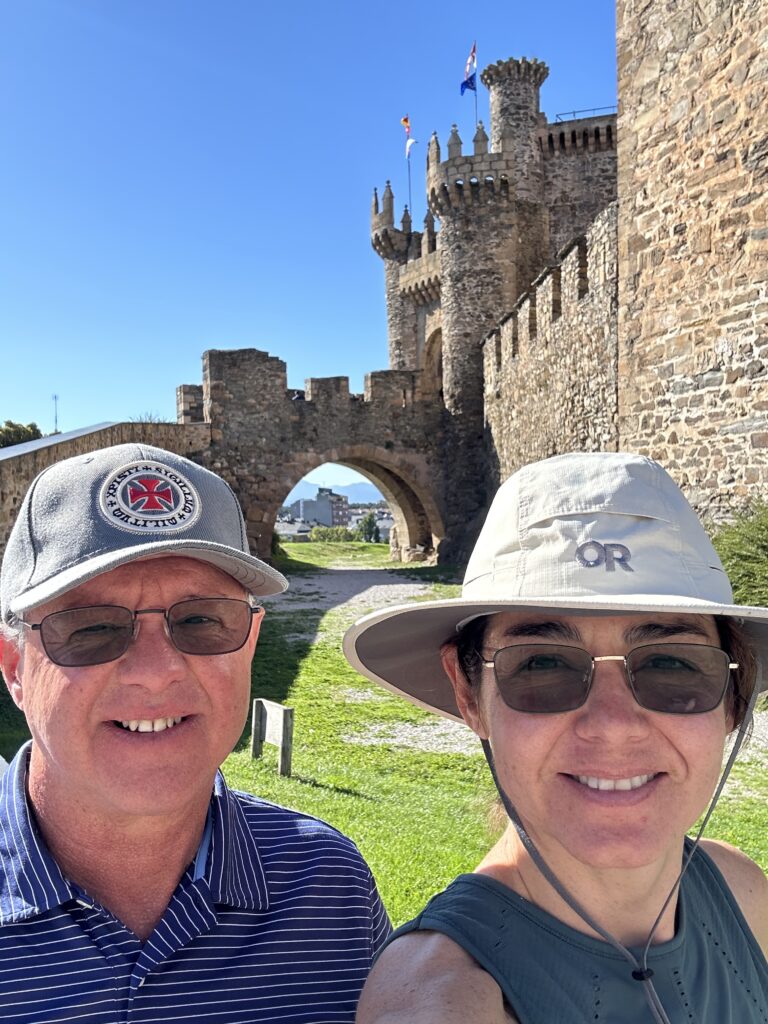
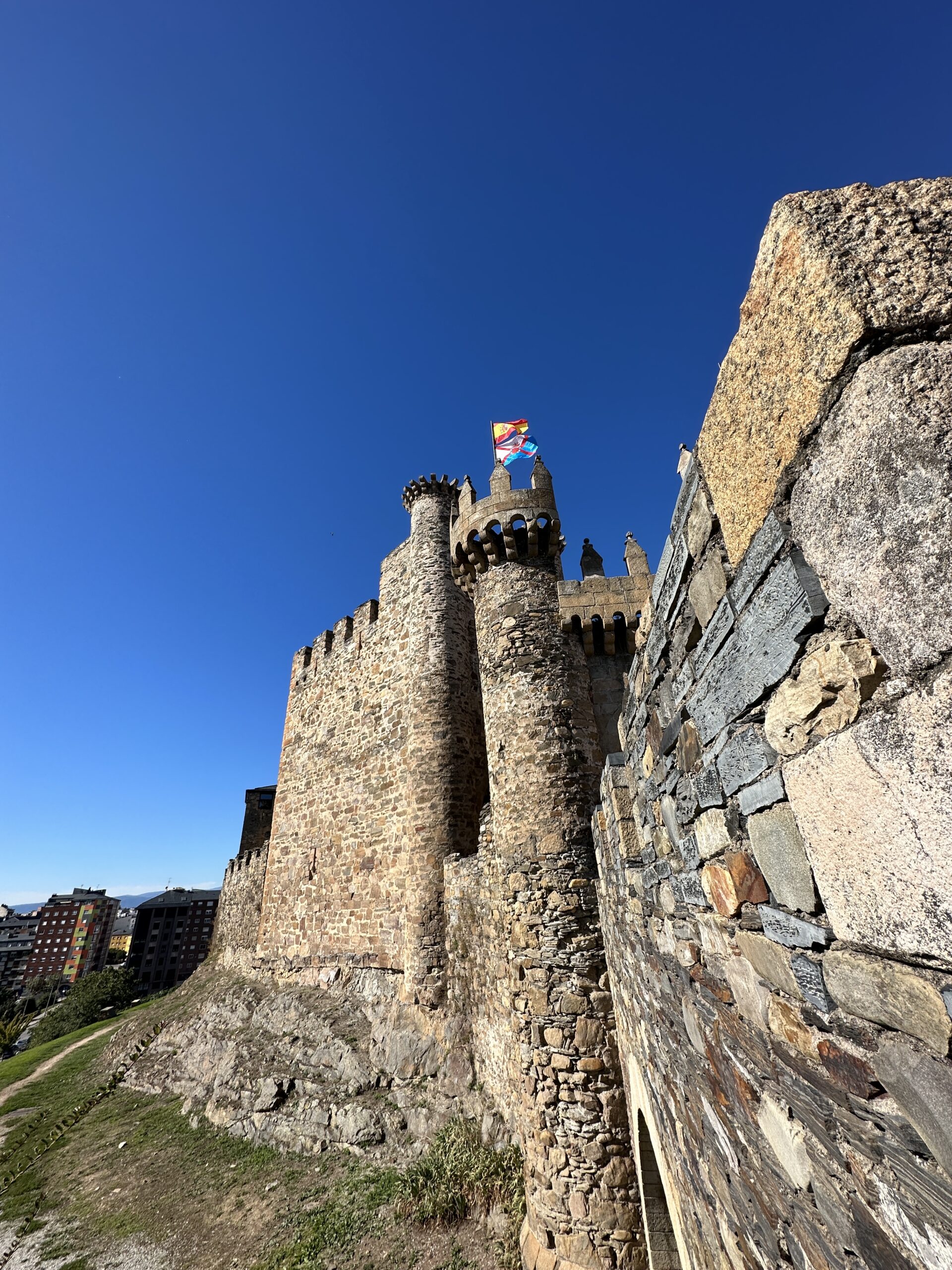
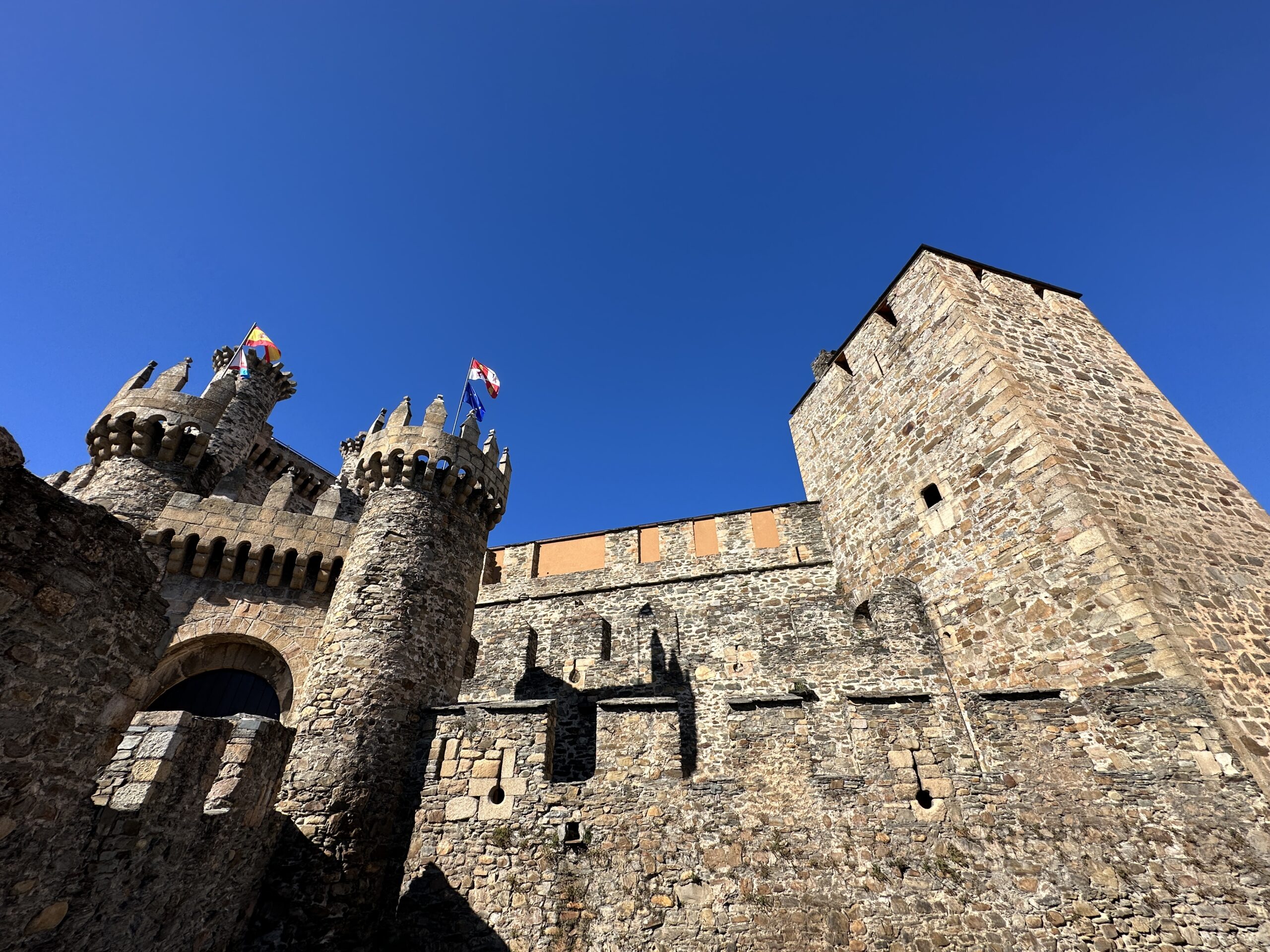
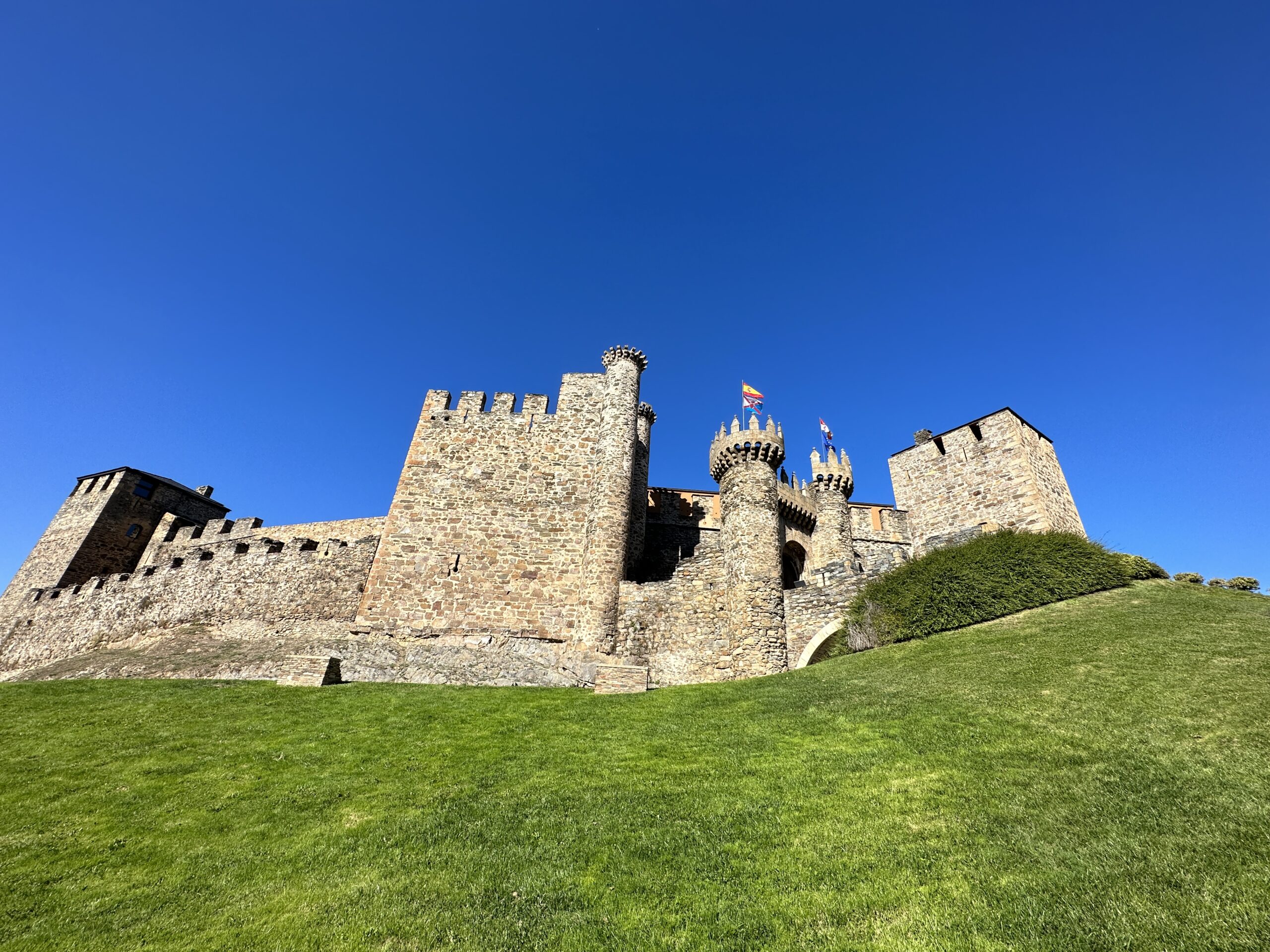
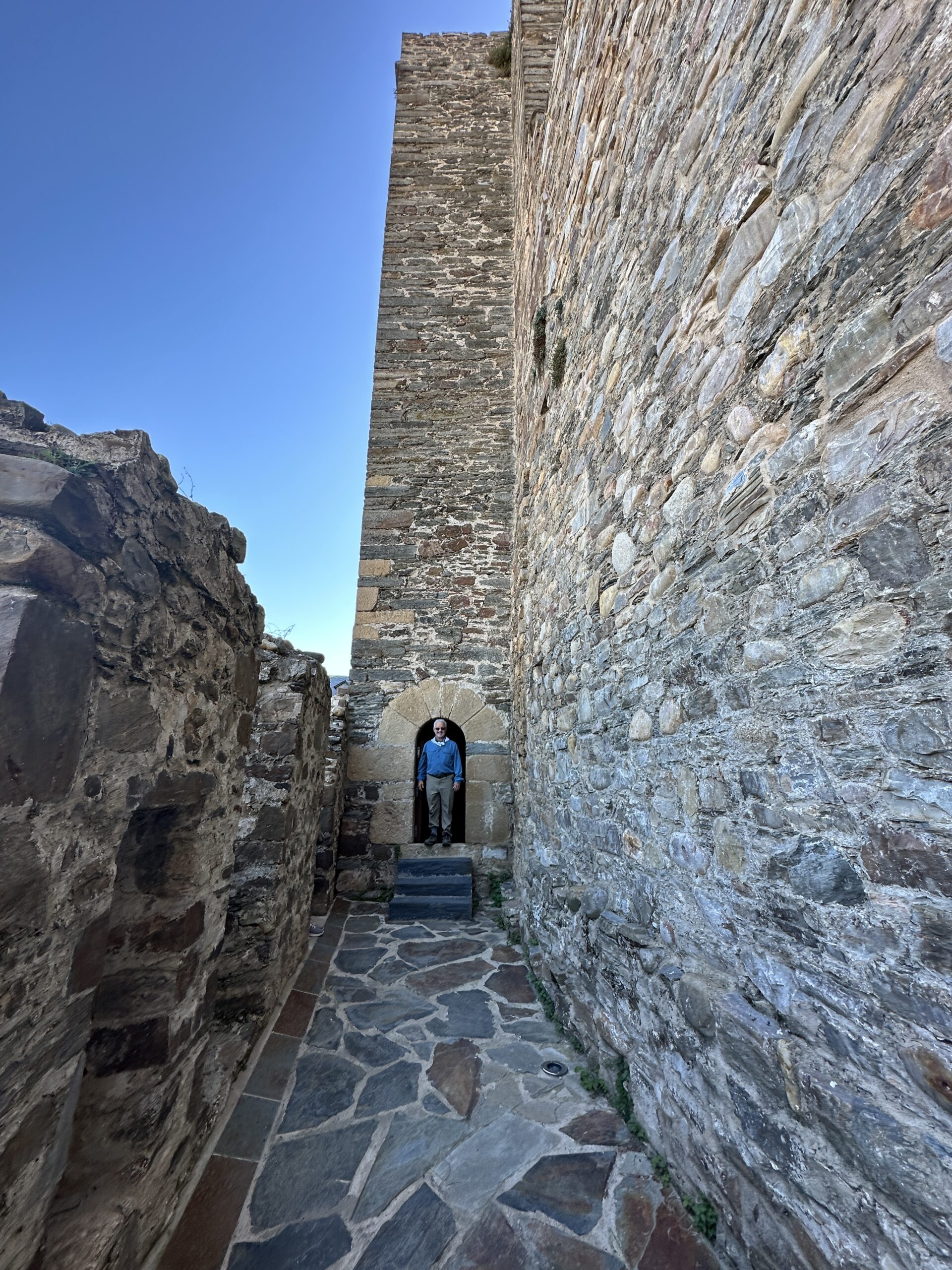
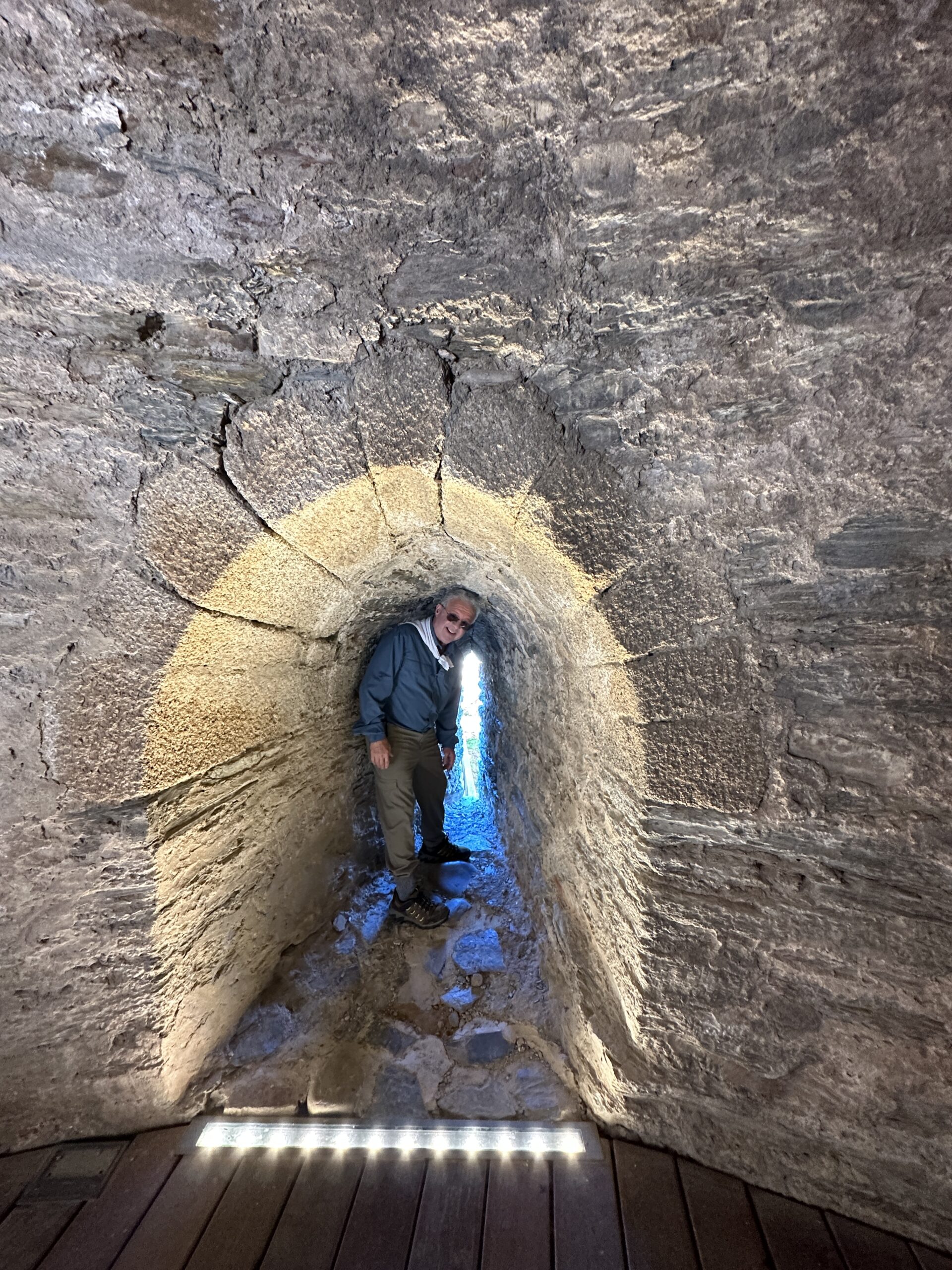

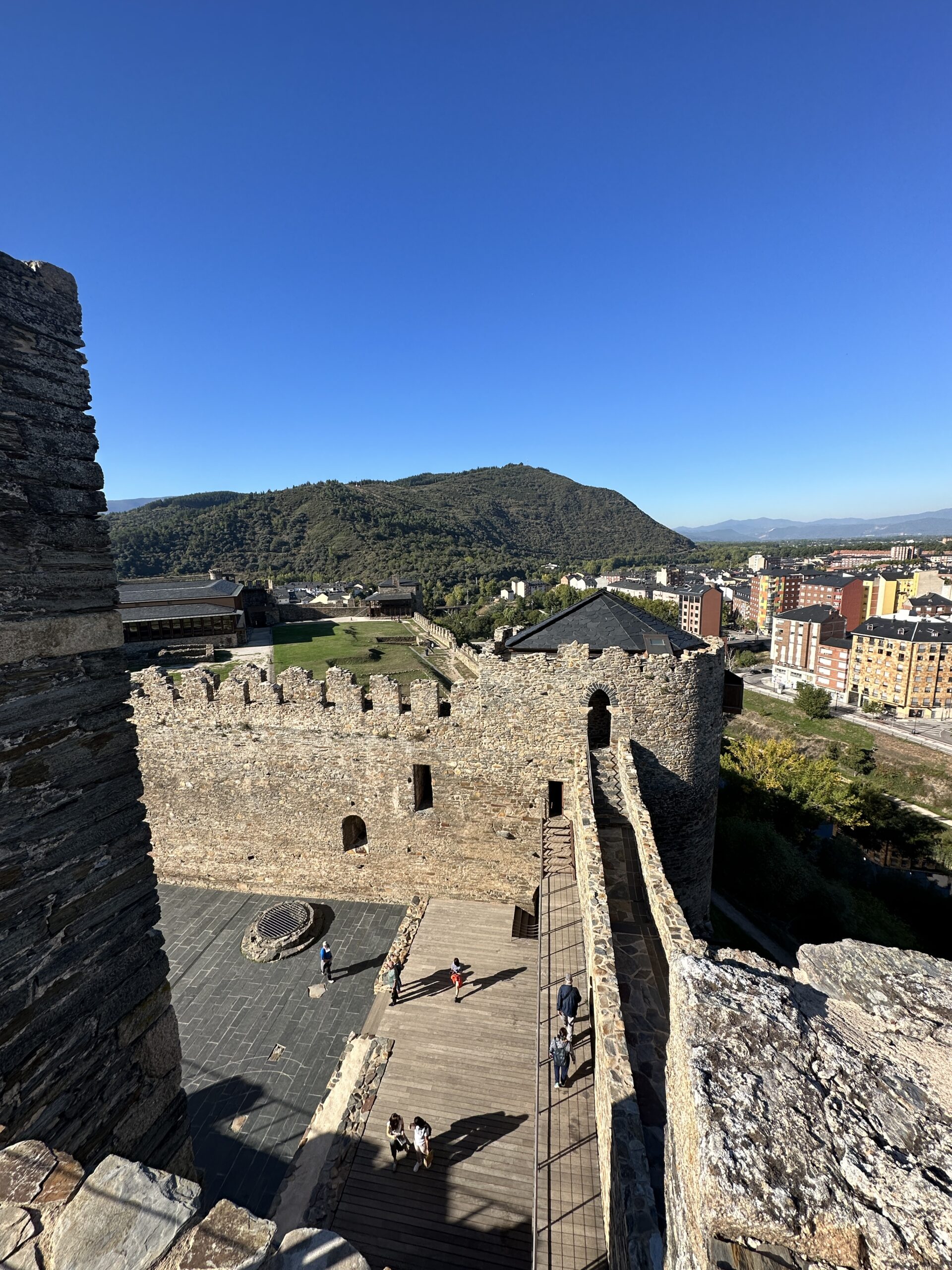
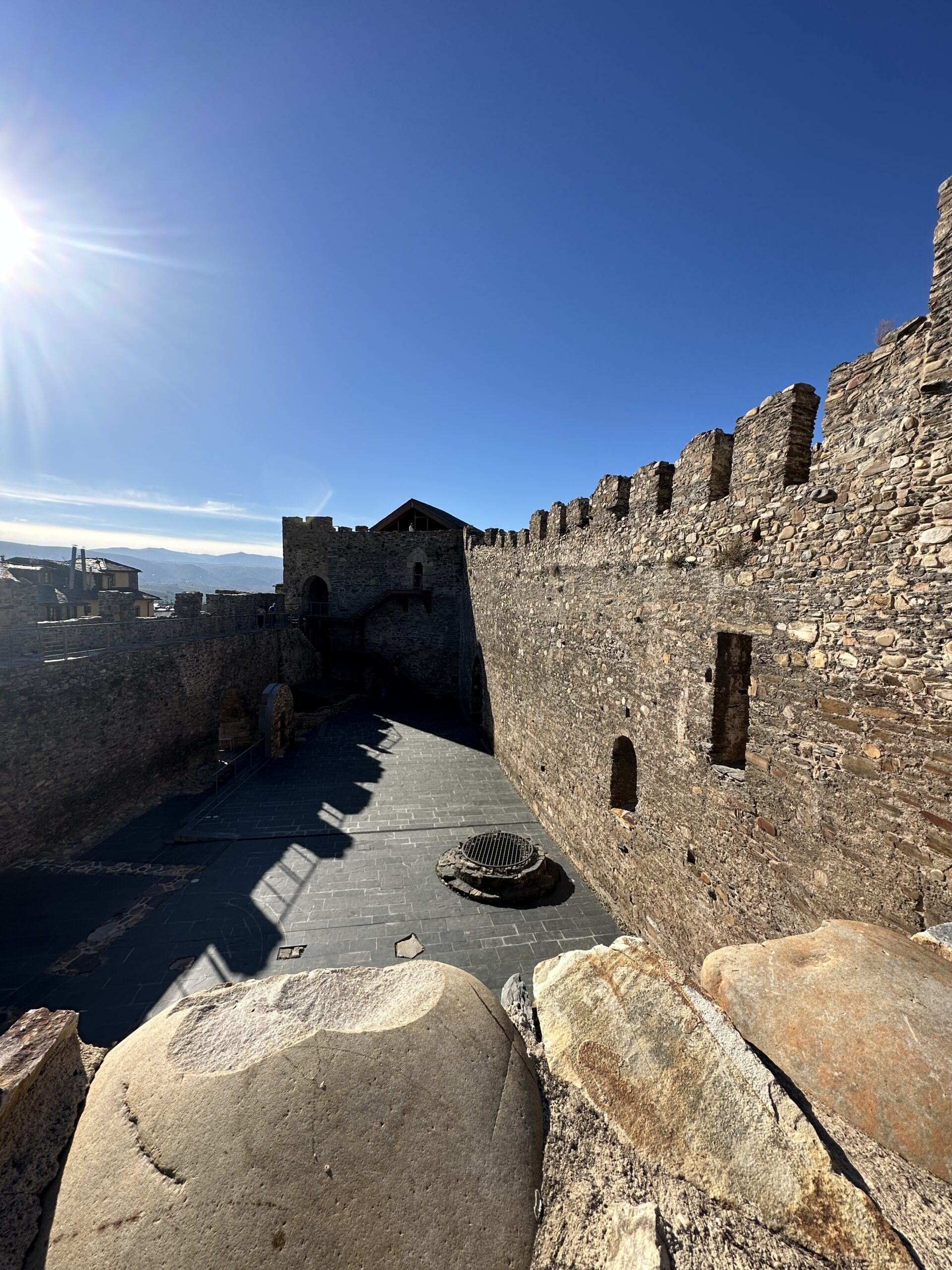
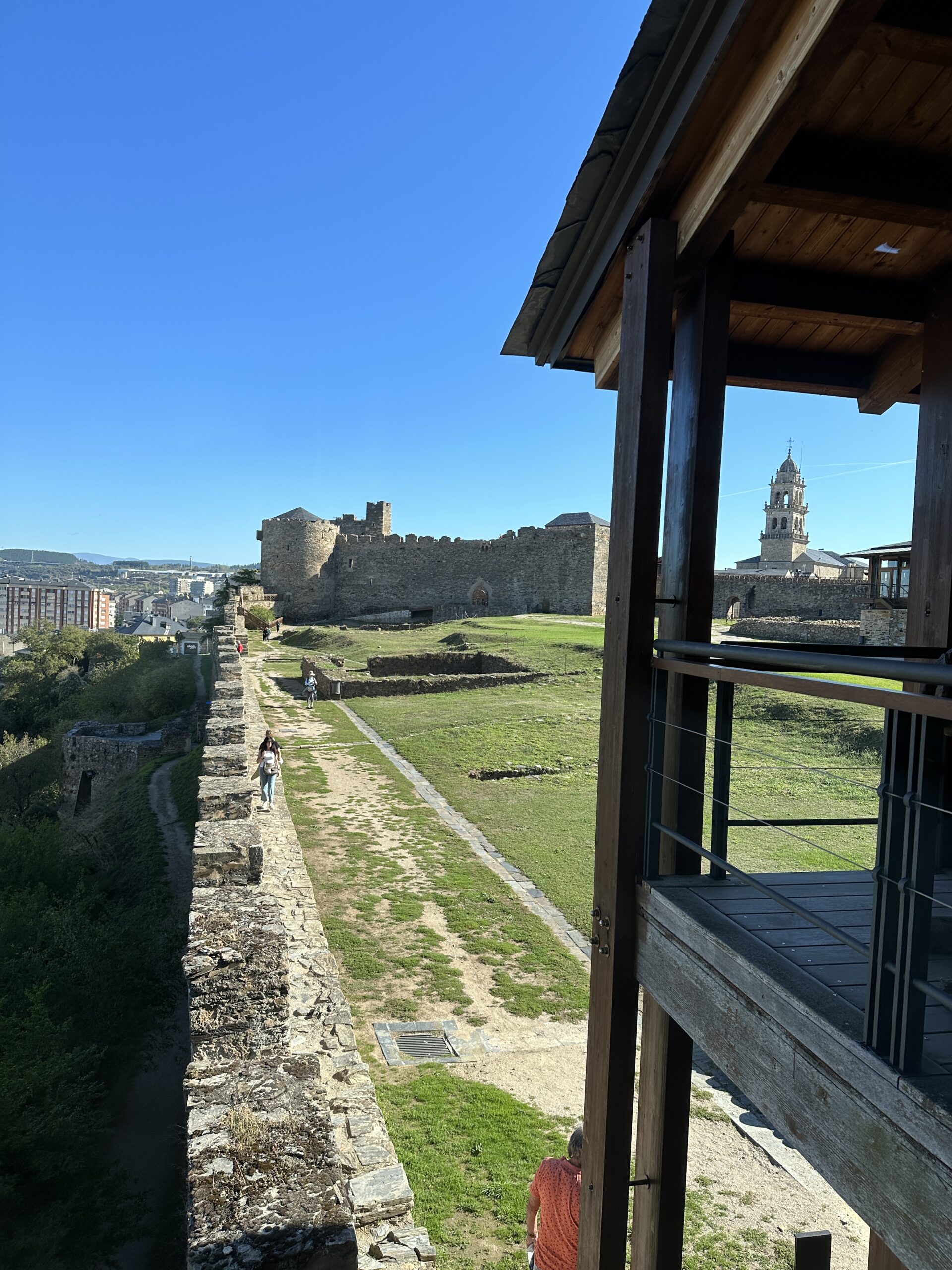
Throughout history we see people seeking a sense of belonging and purpose. As I observe the extremes in our world today, it seems clear to me that sometimes that very human need/want is the ember that gets stoked to fuel the fire for other purposes, not always for the purpose of the common good.